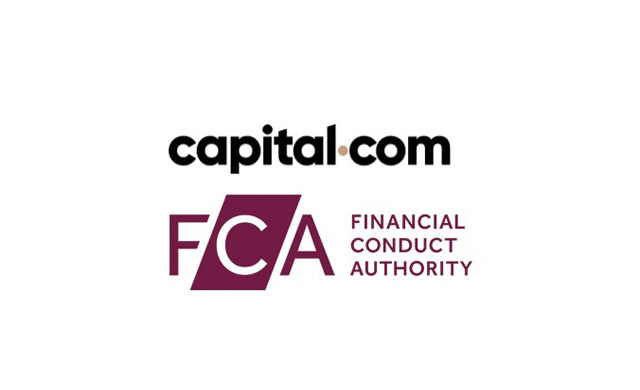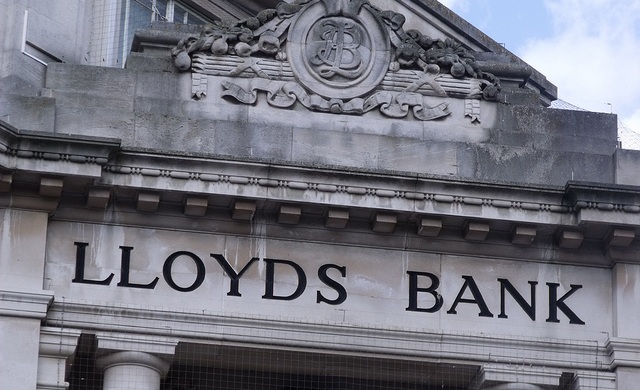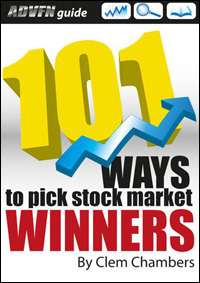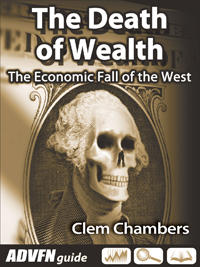This Friday marks the start of the new earnings season, with the banks kicking things off, as usual. But investors have their minds on something entirely different: the unfolding drama of trade wars.
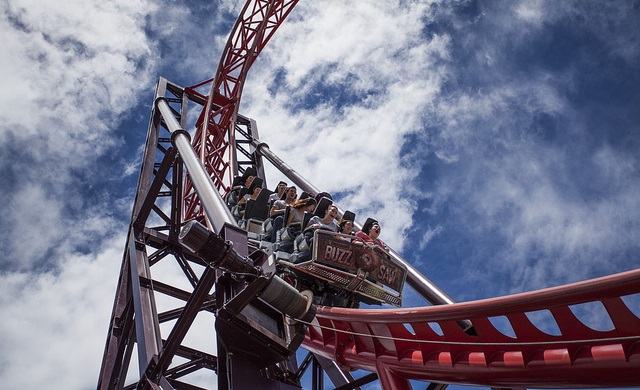
Most economists seem to agree that if the situation plays out poorly, meaning the measures announced on April 2 aren’t rolled back, everyone will suffer. But the biggest hit could be taken by the U.S. itself. Michael Feroli of JPMorgan Chase & Co. has warned that the U.S. could slip into a recession as early as this year, projecting a 0.3% drop in GDP for 2025 and a rise in unemployment to 5.3%.
There was a brief glimmer of hope when reports in the media suggested that Trump may be considering a 90-day suspension of the new U.S. tariff policy. Markets responded positively: the S&P 500, Nasdaq, Dow Jones index, and even cryptocurrencies rallied. The White House quickly denied it, calling the 90-day pause “fake news,” and markets resumed their downward slide.
With that, all optimism quickly faded. The mood soured again when new threats of additional tariffs — of up to 50% on Chinese goods — emerged if China does not back down from its current 34% tariffs. The deadline for such a decision is this Tuesday. If Beijing, as it usually does under pressure, ignores the threat, total U.S. tariffs on Chinese imports could soar above 100%, hurting everyone.
So, is the worst over, or is it yet to come?
Analyzing past events is always interesting, but investors care about one thing: what happens next and what to do about it. In terms of strategy, it should be a personal decision. But in terms of the outlook, BlackRock CEO Larry Fink recently said in an interview that he would not rule out another 20% drop in the stock market if the Fed decides to raise interest rates in response to rising inflation.
Currently, the market is forecasting the opposite: almost four rate cuts this year. Even the US President is asking the regulator for a looser monetary policy. Still, the possibility of a rate hike cannot be completely ruled out. And that brings to mind the adage: “Buy when there’s blood in the streets, even if it’s your own.” The worse the market looks, the more opportunities there are to profit.

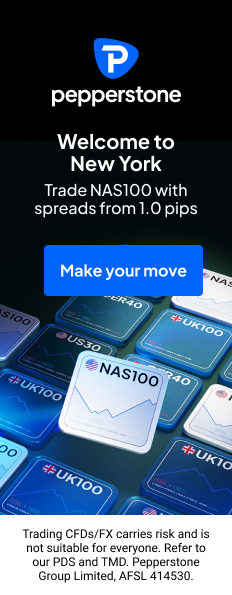
 Hot Features
Hot Features


